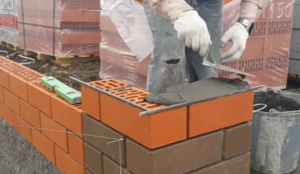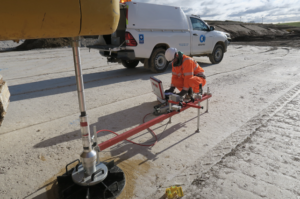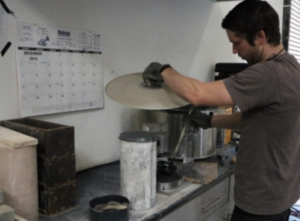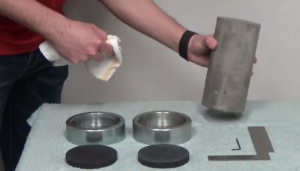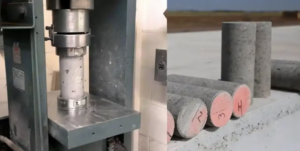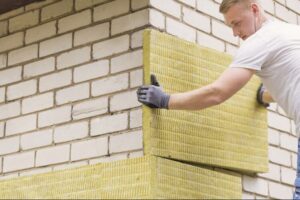What Lessons Were Learned from Testing Roof Tiles for a Historic Building Restoration?
Restoring a historic building isn’t just about preserving bricks and mortar—it’s about honoring heritage with accuracy and care1. During a recent restoration project, testing the roof tiles turned into a journey of discovery. The goal wasn’t just to find something functional—it was to find something authentic, durable, and worthy of the past2. Here’s what we learned.
Identifying Appropriate Roof Tiles for the Historic Building
The building in question—a 19th-century municipal hall—had lost much of its original roofing over decades of patchwork repair. The restoration team’s challenge was to source new tiles that matched the old ones in color, texture, size, and material composition3.
They shortlisted three suppliers offering:
- Handmade clay tiles4
- Machine-pressed terracotta tiles
- Glazed ceramic tiles
Before any installation could begin, these samples needed to undergo rigorous aesthetic and performance testing5.
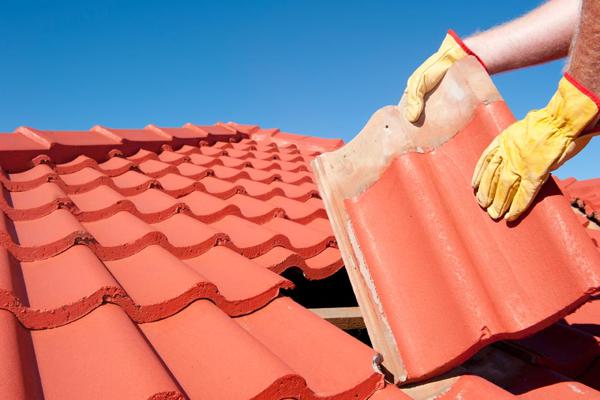
Testing for Color Fastness and Weather Resistance of the Tiles
A key goal was ensuring that the new tiles would retain their appearance for decades, even under intense UV exposure, wind, and freeze-thaw cycles. Testing was done using:
Key Methods:
- Color Fastness (ISO 105-B02) under UV exposure
- Water Absorption (ASTM C373) for freeze-thaw durability
- Salt Crystallization Resistance (EN 12370) for pollution resistance
- Frost Resistance (ASTM C67 / EN 539-2)
| Tile Type | UV Fade (%) | Water Absorption (%) | Freeze-Thaw Cycles Passed |
|---|---|---|---|
| Handmade clay | 3.2% | 9.8% | 30 |
| Machine-pressed terracotta | 2.5% | 7.1% | 50 |
| Glazed ceramic | 0.5% | 1.2% | 100 |
The glazed ceramic tiles showed excellent durability—but their glossy finish clashed with the building’s historical character. This sent the team back to the drawing board.
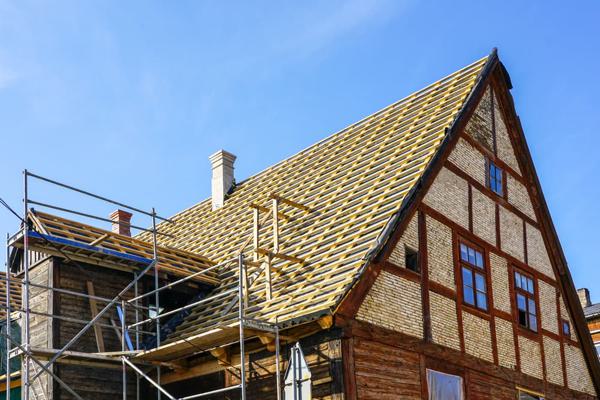
Comparing New Tiles with the Original Ones Through Chemical Analysis
To ensure historical accuracy, the team conducted chemical and mineralogical analysis on a few salvaged original tiles.
Methods Used:
- X-ray Fluorescence (XRF): Identified elemental composition.
- Thermal Gravimetric Analysis (TGA): Detected firing temperature and clay maturity.
- Scanning Electron Microscopy (SEM): Studied microstructure and porosity.
| Element | Original Tile (%) | Best Match (%) – Handmade Clay |
|---|---|---|
| Silica (SiO₂) | 61.2 | 60.9 |
| Alumina (Al₂O₃) | 17.4 | 17.1 |
| Iron Oxide (Fe₂O₃) | 7.3 | 7.0 |
The handmade clay tiles—though less weather-resistant—matched the chemical and aesthetic profile6 of the original tiles best. Their earthy texture, irregular shape, and color tone7 echoed the past in a way lab results alone couldn’t define.
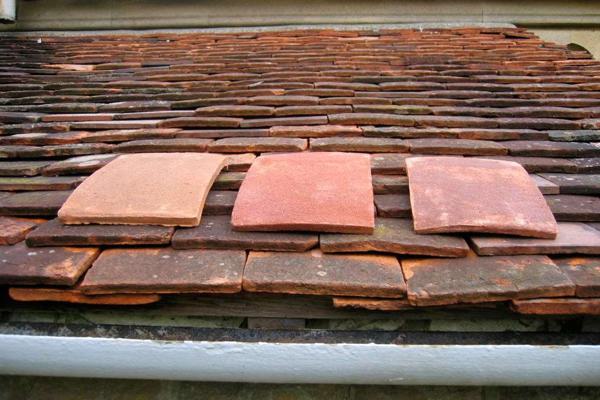
The Outcome and Experience Summary of the Tile Testing
In the end, the team chose the handmade clay tiles, applying a protective coating to boost their durability. A few lessons stood out:
Key Takeaways:
- Durability doesn’t always equal authenticity. The most durable tile wasn’t historically suitable.
- Comprehensive testing paid off. Without UV and salt testing, premature fading or surface erosion could have ruined the roof within a few years.
- Historical restoration needs balance. The best solution combined heritage respect with modern protection.
The building now stands restored, not as a replica—but as a faithful continuation of its original story. The tiles, while new, carry the weight of history8—not just in appearance, but in composition, craftsmanship, and care.
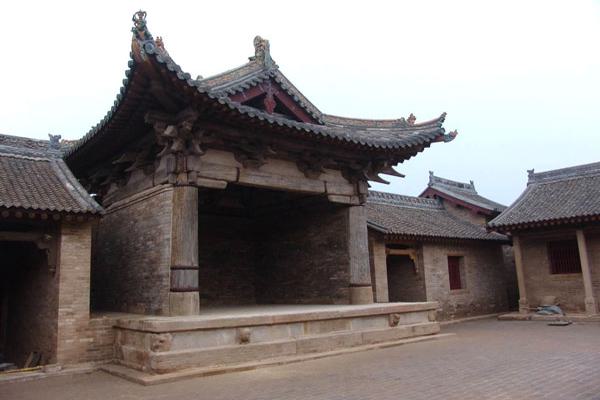
Conclusión
This project proved that material testing in restoration is about more than performance—it’s about truth. Through scientific precision and historical sensitivity, the team found a way to bring the past forward—one tile at a time.
-
Explore this link to understand the principles and techniques that ensure heritage buildings are restored with respect and authenticity. ↩
-
This resource will guide you in selecting materials that not only preserve history but also ensure longevity and integrity in restorations. ↩
-
Explore this resource to learn effective strategies for sourcing tiles that maintain historical integrity in restoration projects. ↩
-
Discover the unique advantages of handmade clay tiles, including their aesthetic appeal and durability, by exploring this link. ↩
-
Understanding the significance of testing can ensure quality and longevity in restoration efforts, making this resource invaluable. ↩
-
Understanding this concept can enhance your design choices, ensuring they align with both functionality and visual appeal. ↩
-
Exploring this topic can inspire your creative projects and help you appreciate the beauty of natural design elements. ↩
-
Exploring this concept can deepen your understanding of how historical significance influences modern design and restoration practices. ↩

